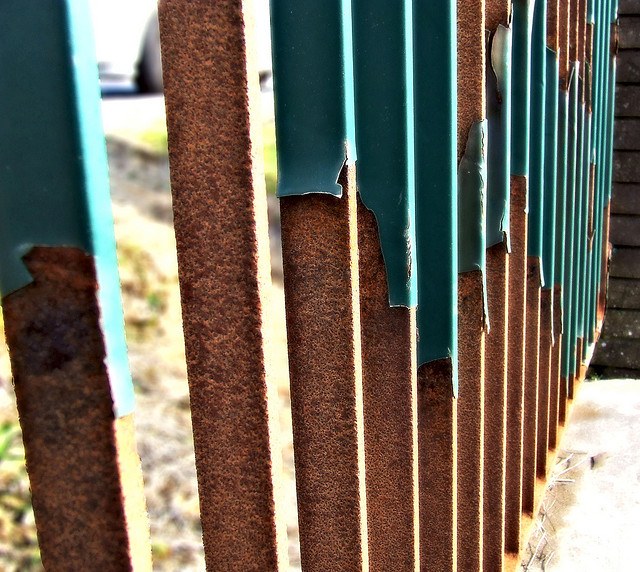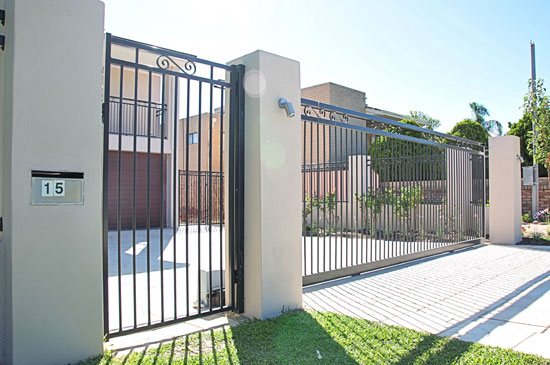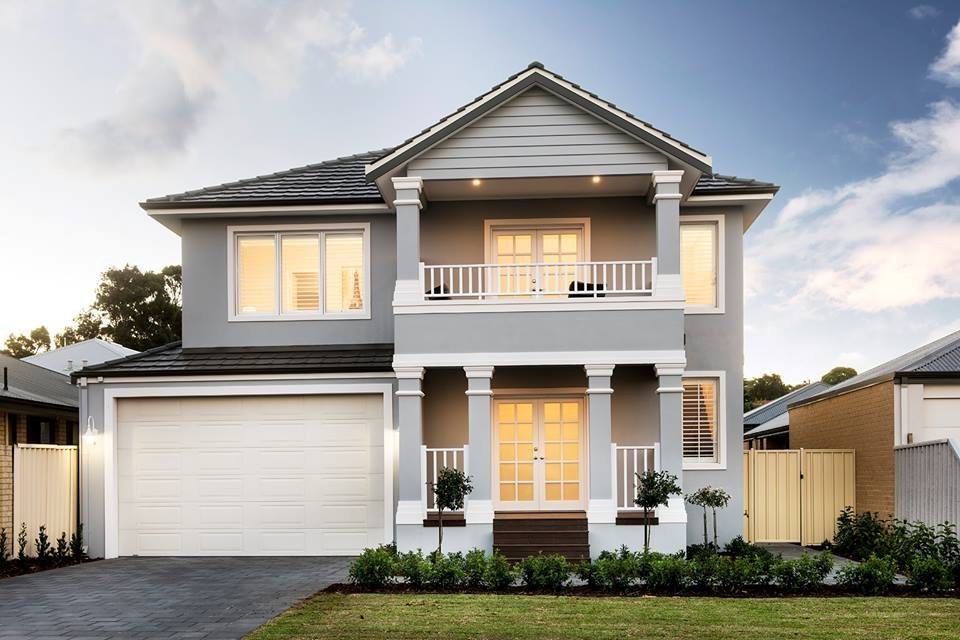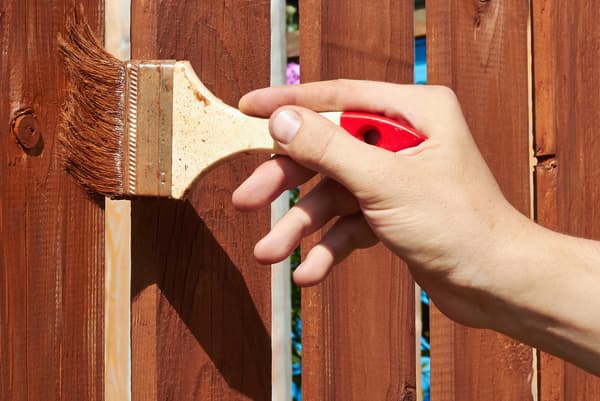Fence Installation Tips: 6 Mistakes to Avoid
The right fence or gate can not only improve your security and privacy, but it can also improve the appearance of your house. This increase in kerb appeal can even add value to your property.
However, getting it wrong can cause a lot of headaches and cost you heavily – both financially and in time.
Here at Fencemakers, we are in the business of delivering fences of the highest quality that not only look great, but are ultra-low-maintenance and meet our clients’ unique requirements.
We’ve put together a list of our top fence installation tips and some of the most common mistakes people make. Read on to discover what these are – and how you can avoid them.
1. Not Meeting Council Regulations
When it comes to fencing and gates, each suburb throughout Western Australia is governed by local laws and regulations.
Many homeowners purchase a fence based on its appearance and their own personal taste, without accounting for the local council regulations. A particular fence style or size might not be legal in your neighbourhood.
Regulations can include factors such as dimensions, materials used and the amount of visibility required between the slats, among other things. Before installing a new fence or gate, take the time to research the regulations in your local area. This will save you a lot of time, hassle, and money down the track and can prevent you from being subjected to costly fines or having to replace your fence altogether.
Alternatively, a good fencing contractor can do the hard work for you. At Fencemakers, for example, we take care to ensure every product we deliver is compliant with local council regulations.
2. Choosing a Sub-Par Supplier
Compare Apples with Apples
In many cases, buyers make their selection for a fencing supplier based on price. Remember, not all suppliers are equal. Review your quotes in detail to ensure you’re comparing apples with apples. It’s important to understand exactly what is – and what is not – included in the quote.
Invest in Quality
Product quality should be a crucial factor in your decision-making process. A higher-quality product will typically be more durable and have a longer lifespan than a lower-quality product. In the long-run, investing in a premium product can often prove more cost-effective, as you save on maintenance and replacement costs.
When reviewing the quality of the supplier’s fence on gates, it’s important to not only consider the slats and posts, but also the smaller components and the quality of craftsmanship. Don’t just look at the materials used; study the connections between parts as well, to gauge the overall quality of the product.
The standard of the hinges, screws, and welding work is crucial to the integrity of the structure. After all, that is what keeps your fence or gate together over the years.
Check out the Supplier’s Credibility
How credible is the supplier? Can they provide examples of their work? What insurance do they have?
Ask to see examples of their work and check out their customer reviews on independent platforms such as Google Business, Product Review, One Flare or Word of Mouth.
3. Forgetting to Allow for Opening Space
Gates need to be able to open freely.
For a gate that opens outward, you’ll need to make sure that it does not extend so far as to block any footpaths in front of your home.
If the gate opens inward, you’ll need to ensure that it can swing back closed once your car is in the driveway, without hitting it.
For both types of swinging gates, elevation changes – such as the slope of your driveway – need to be considered, to prevent the gate from scraping along the ground at any point throughout its arc.
With sliding gates, there needs to be enough room on your property for the gate to slide all the way open.
A good gate contractor will be able to accurately measure up and come up with a solution which works perfectly for your property.
4. Choosing a Style that Clashes with Your Home’s Architecture
Once again, choosing a fence or gate based purely on what looks nice in isolation in a showroom can get you into trouble. You could end up with a fence which clashes with your home’s architecture, or looks a little out of place.
For example, a sleek black louvre fence would not complement the architecture of a Hamptons style home. Similarly, a white picket fence would not suit an sleek ultra-modern home.
Rather than looking at the fence on its own, you’ll need to imagine what it will look like in front of your house. Consider which style of fence would best complement the architecture of your home.
Slat fencing or decorative screen fencing can are great for contemporary homes, while traditional white picket fencing is a perfect pick for cottages. For luxury homes, a more ornate fencing style or custom-design is probably a more suitable option.
5. Choosing the Wrong Materials for Coastal Locations
With so many homes in Perth being near the coast, it is important to select fencing materials which will be able to withstand the harsh coastal climate.
Steel fencing needs to be galvanised or powder-coated to prevent it from rusting, due to the extra moisture in the air.
Aluminium can be a better option in these areas, as it is weather-resistant and extremely durable. Timber fencing, on the other hand, is difficult to maintain in coastal regions, requiring constant upkeep to prevent it from rotting or warping.
6. Forgetting to Budget for Maintenance Costs
It stands to reason that different materials require varying levels of maintenance. Maintenance is a key factor to consider when choosing your fencing or gates.
Not only does maintenance require your time, but it also requires money. So, remember to factor maintenance costs into your overall budget. While you may be tempted to go with a cheaper product, the ongoing maintenance costs will mount up over time – and the cheaper product could end up costing you more in the long-run.
For example, wood requires regular sanding, oiling and painting and is prone to rotting and warping.
Also, higher quality products tend to have a longer lifespan, so replacement costs will generally be lower.
Do your homework and look for a high-quality, low-maintenance alternative.
6. Forgetting to Consider Accessibility
When installing gates for your home, it’s important to consider accessibility for everyone, including those using wheelchairs or prams.
Many people overlook how important it is for pedestrian gates to be wide enough and easy to open for individuals with mobility challenges. A gate that’s too narrow can make it frustrating or even impossible for someone with a wheelchair or pram to pass through comfortably.
Most disability homes have automatic gates or ones with easy-to-grip handles, so consider these.
Furthermore, ensure the ground around the gate is level and free from obstacles, and consider adding a gentle ramp to provide smooth and easy access for wheelchairs and prams.
By doing a little research and following our fence installation tips above, you’ll be able to make an informed decision when it comes to your fencing and gates – and hopefully be pleased with the outcome!
If you’d like some guidance, our friendly staff are on hand to answer any questions you might have – just get in touch!





